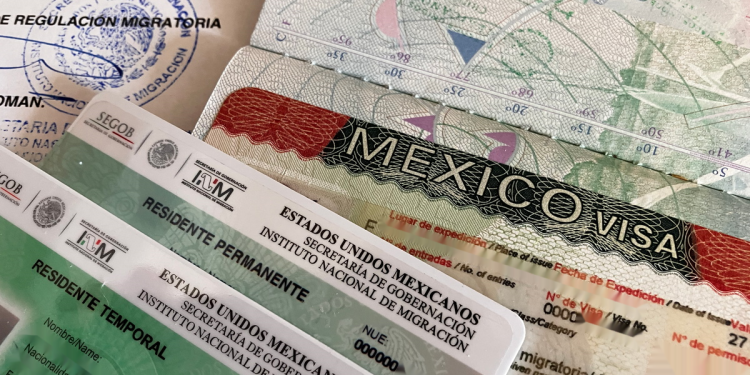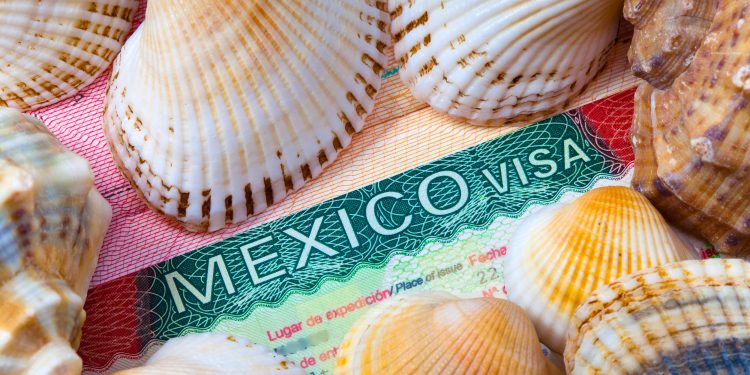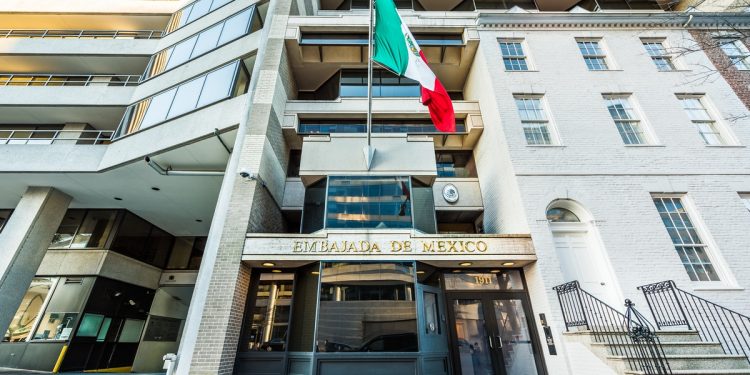In 2025 Mexico’s lawmakers enacted changes that have made it more difficult for foreigners to qualify for legal residency, and more expensive to obtain and renew residency starting from January 1, 2026.
In recent years Mexico has experienced increasing interest from people seeking legal residency in the country. The boom is driven in good part by demographics: the large number of Americans reaching retirement age —and those nearing retirement— are the largest group of applicants. People in middle age with transferrable skills are also choosing to relocate to Mexico to live and work.
The attractions of relocating to Mexico are well documented on these pages, and the country’s immigration rules have hitherto made the country accessible to people with modest incomes in retirement. The country’s proximity to the United States makes it an attractive option for middle-age professionals too.
Key legislative changes tighten criteria
Two key pieces of legislation have set a stage for tighter qualification criteria and higher costs to obtain foreign residency in Mexico starting January 1, 2026.
Updated legal guidelines
In July 2025, Mexico’s government published updated guidelines to the country’s immigration rules. A significant change in that included the abandonment of using multiples of Minimum Daily Wage in qualification criteria and adopting multiples of UMAs.
However, the new guideless increased the multiples required to qualify—thus rebasing the minimum amount of income or savings required in comparison to the multiples set out in the original 2012 law. This article describes those changes; the net effect is that you’ll need more income or savings to qualify for residency now.
We don’t yet know by how much the qualification criteria will increase in 2026, but it’s likely to be at least in line with official inflation, currently estimated at around 4%. We’ll publish the 2026 criteria as soon as they become available on our guide to financial criteria for residency.
Increased residency card fees
In the autumn of 2025, Mexico’s Congress passed a law calling for a doubling of the government processing fees for foreign residency visas/cards. The Senate subsequently passed the motion, and on November 7, 2025, a revised schedule of 2026 fees was published, confirming that 2025 foreign residency card fees would rise by 100%. In previous years, these fees rose in line with official inflation.
Applicants who are applying via Family Unit (that includes those married to Mexicans or to existing foreign residents in Mexico), and those applying under the auspice of a company job offer, are given a 50% discount on the 2026 fees.
The 2026 fee increase abruptly breaks the long-held pattern of official inflation-rate rises for residency fees and has thus increased the total typical fees for the ‘five-year journey’ from Temporary to Permanent residency per applicant from around $25,000 pesos now (U$1,350) to over $50,000 pesos per applicant (US$2,700).
We don’t yet know if ancillary fees related to residency cards, e.g., card replacement fees, and other ad-hoc processing fees, will rise in line with inflation or whether they too will be doubled. We’ll know more when the INM publishes its tariff schedule in January 2026.
Other criteria are tightening too
During 2025, our associates reported that procedures at immigration offices are also being tightened, and timescales for processing some types of applications are taking longer. Lead times for appointments have also been lengthening.
Applications in Mexico for residency based on Family Unit, which until this year were being processed and completed within a week, are now taking considerably longer to process. Immigration officials are now routinely making home visits as part of these applications. Some applicants have waited 2-3 months for their cases to complete.
As we mentioned in a sister article, immigration offices in some Mexican states are now routinely asking for proof of residential address in Mexico—and our associates are experiencing some cases where at least two pieces of documentary evidence are being asked for, e.g. a utility bill and a rental contract.
In summary
If you are intending to apply for residency in Mexico from 2026, or intending to renew your existing Temporary residency status, expect economic qualification criteria to rise (you will need more income or savings to qualify); qualification criteria generally to tighten (e.g. you might need to prove your address); and expect to pay higher government fees for the processing of your application.
Now that the pattern of ‘inflation only’ fee-increases has been broken, we can no longer be as confident about forecasting likely future rises in residency fees and other criteria.
Learn more about Mexico visas and immigration
Mexperience publishes extensive information about visas and immigration to Mexico, including:
- Discover the principal routes for obtaining legal residency in Mexico
- How to apply for residency in Mexico
- Financial criteria for residency in Mexico
- Our free Mexico Immigration Guide that encapsulates detailed information about applying for visas and residency permits.
- Our latest articles about visas and immigration keep you apprised of current situations including financial criteria for residency, fees, and procedures—and our FAQs page is updated regularly.
Mexico in your inbox
Our free newsletter about Mexico brings you a monthly round-up of recently published stories and opportunities, as well as gems from our archives.









